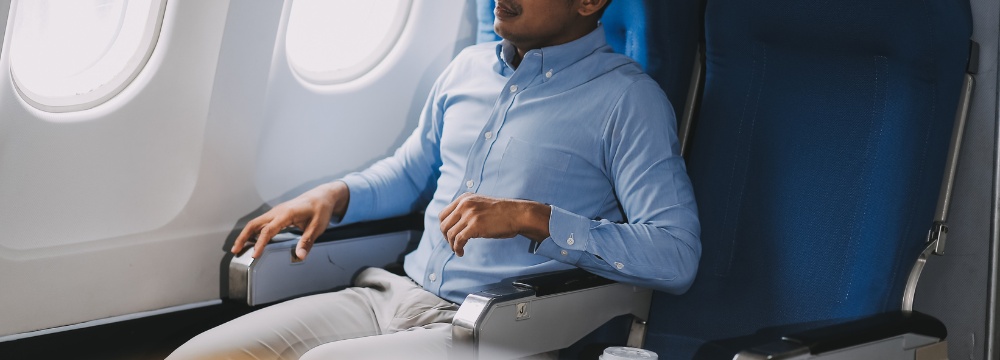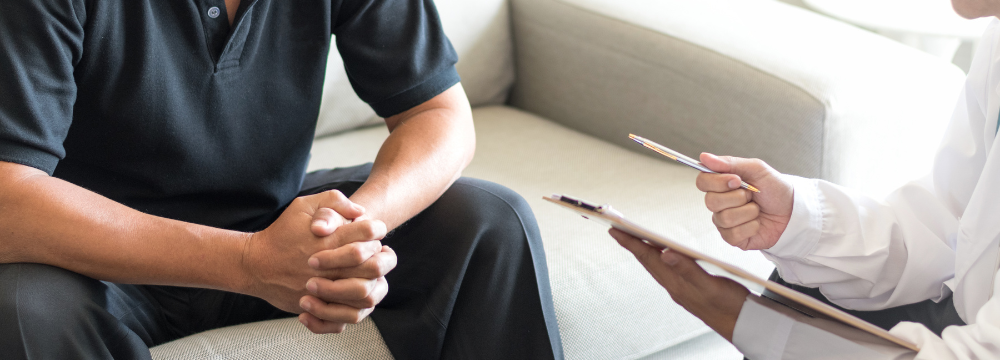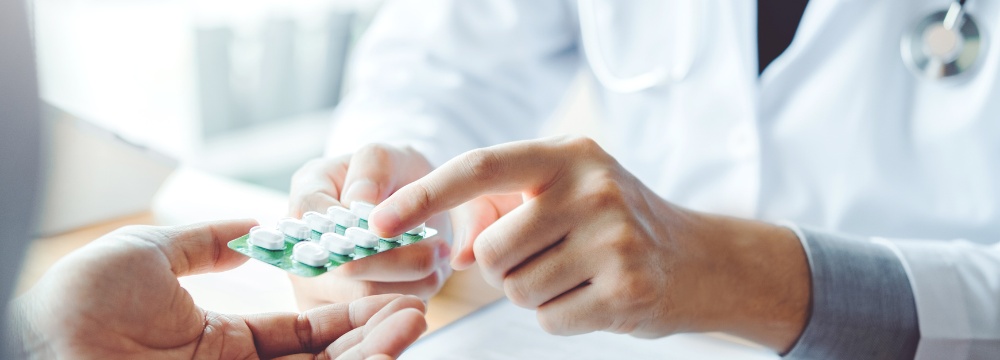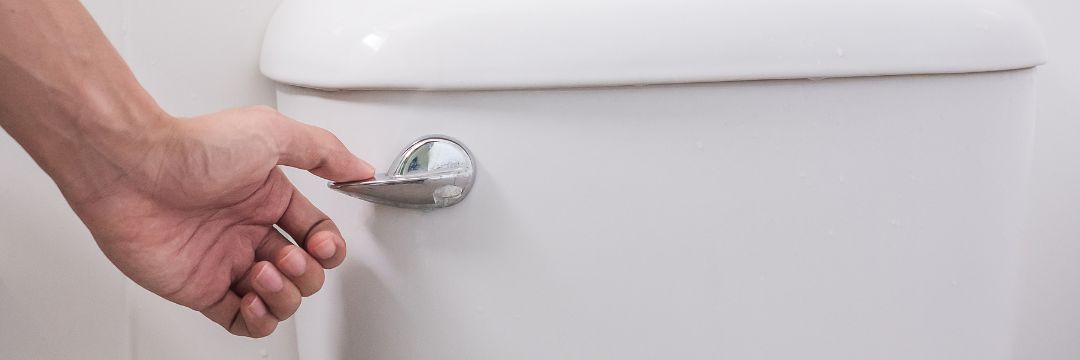
As we hit middle age and with airfares as low as they are, airline travel becomes very popular and with the anxiety that goes along with urinary frequency and urgency in men with BPH or enlarged prostate. Indeed, one of the most reported benefits of BPH treatment revolves around patients feeling comfortable taking longer flights because they no longer worry about whether they will make it to the bathroom. On the other hand, some men with BPH may even avoid flying altogether.
So, what can a man do to ensure their flight goes smoothly and they don’t have any accidents trying to get to the bathroom?
Get Treated
This may seem obvious, but many men are concerned that BPH treatment is a hassle. However, with proper planning, this couldn’t be farther from the truth. Nowadays, most BPH treatments are performed in the office or on an outpatient basis and require minimal downtime. However, planning around when you are leaving for your trip is crucial. Some procedures like Rezum water vapor BPH therapy may take up to six weeks to receive the full benefit, during which symptoms progressively improve. Symptom improvement can be somewhat faster with certain surgical options. It’s also important to remember that if the PH has been a problem for a while, it takes some time for the bladder to get used to the lack of obstruction. Having a BPH procedure at least a few weeks before a trip will likely make the flight and the journey more enjoyable.
Preparing for the Flight
If you haven’t been able to get treatment or if the BPH medications are no longer working, it’s essential to properly prepare for your flight and ensure the least disruption.
Get a Seat Closer to the Bathroom
True, seats closer to the bathroom may be more expensive, and there may be a lot more foot traffic as people go in and out, but it may be worth it, especially on longer flights. Being close to the bathroom helps you get there faster and avoid embarrassing leaks.
Check for Turbulence
Fortunately, online resources can show you where the turbulence will be on your flight. Check a resource like Turbulenceforecast.com beforehand and plan your bathroom trips accordingly. The last thing you want to do is get up for the bathroom when the seatbelt sign is turned on, and you are in active turbulence.
Void Preemptively
You probably have a pretty good idea of how often you need to go to the bathroom when you’re on the ground, so even if you don’t feel like going to the toilet in the air, take a trip and see if you can void preemptively. At worst, getting up and walking helps with circulation and reduces the risk of deep vein thrombosis.
Hydrate
Hydration is important for a good flight. Hydrating well before your flight helps circulation and reduces some dehydration problems many flyers experience. Remember that dehydration can also irritate your bladder and cause urinary symptoms. Of course, we don’t want you to hydrate immediately before the flight, so make sure you are well hydrated a few hours before your flight so that your body is in tip-top shape, but you reduce the likelihood of urgent urination urgently while on the plane. Once you arrive at your destination, hydrate again because you’ll likely have lost plenty of fluid on the Journey.
If All Else Fails, Wear a Pad
Fortunately, adult absorbent briefs and pads are more discreet than ever, and you can rest assured that no one is thinking twice about them while on the plane. If you genuinely cannot be sure you won’t have an accident, wear a security pad to put your mind at ease. Even with the pad, it’s essential to follow the recommendations above.
The Bottom Line
While you may be concerned about an upcoming flight, you can make it work with good preparation and a chat with your urologist. Together, you can figure out the best way to proactively treat or manage your BPH to ensure your flight and trip go as smoothly as possible.
It’s important to remember most patients do not realize how straightforward and safe BPH treatment is. One of the most common comments we receive after BPH therapy is how patients wish they had done it sooner. It’s never too early to address lower urinary tract symptoms caused by BPH, so visit your urologist. Contact us to learn more and get the relief you need.









